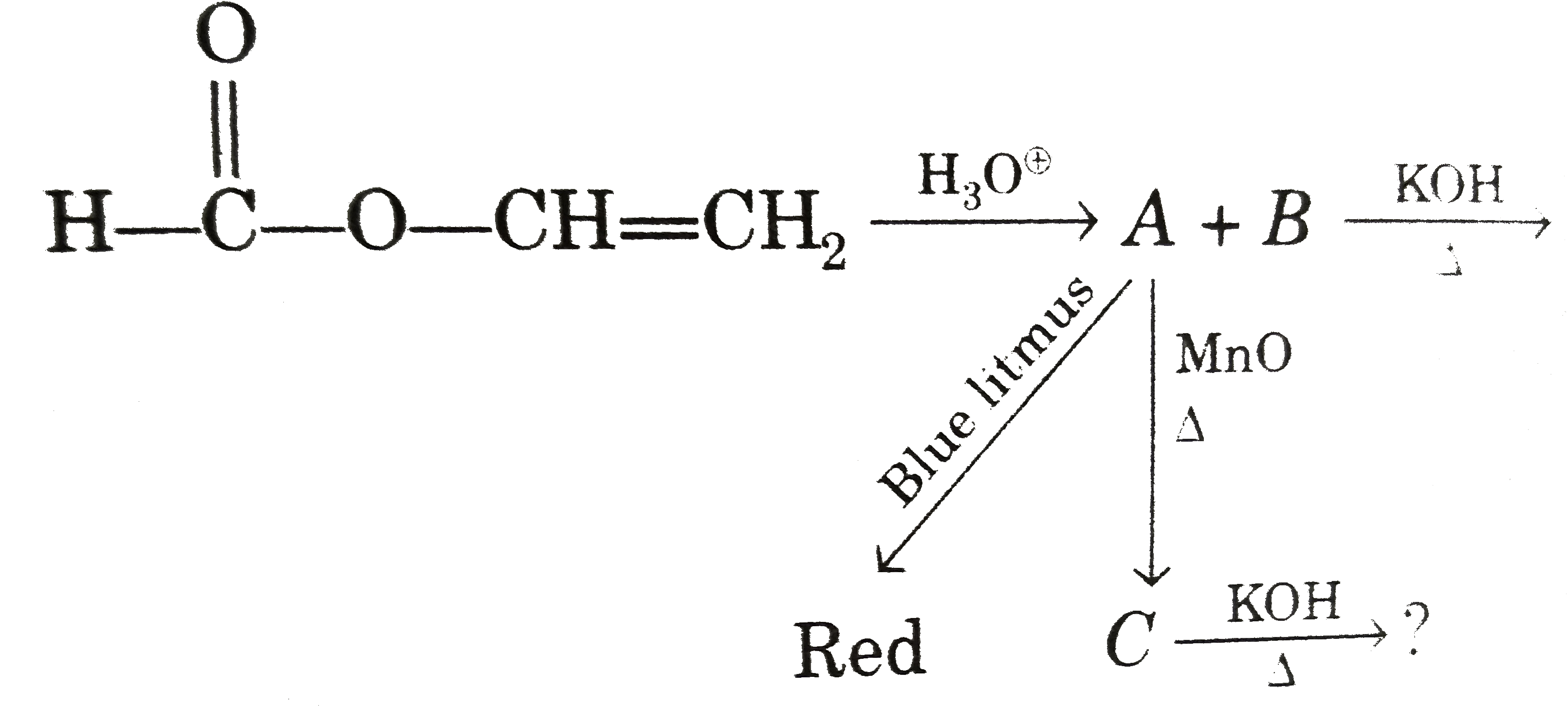From the following statements, select the statement that is true:
All cells have cell wall
Animal cells contain microtubules but plant cells do not
Golgi apparatus is found only in animal cells
Chloroplasts are found in plant cells but not in prokaryotic or animal cells
The correct Answer is:D
To determine which statement is true from the given options, we will analyze each statement one by one.
1. Statement 1: "All cells have a cell wall."
- Analysis: This statement is incorrect. While plant cells have a cell wall, animal cells do not possess a cell wall. Therefore, this statement is false.
2. Statement 2: "Animal cells contain microtubules but plant cells do not."
- Analysis: This statement is also incorrect. Both animal and plant cells contain microtubules, which are part of the cytoskeleton and provide structure and shape to the cells. Hence, this statement is false.
3. Statement 3: "Golgi apparatus is formed only in the animal cell."
- Analysis: This statement is incorrect as well. The Golgi apparatus is present in both animal and plant cells. It plays a crucial role in modifying lipids and proteins. Thus, this statement is false.
4. Statement 4: "Chloroplast, which is also called green plastid most of the time, is not found in plant cells, neither in animal cells, nor in prokaryotic cells."
- Analysis: This statement is misleading. Chloroplasts are indeed found in plant cells and are essential for photosynthesis. They are not present in animal cells or prokaryotic cells. Therefore, this statement is false.
After analyzing all four statements, we find that all of them are incorrect. However, if the question is asking for the statement that is true, we can conclude that none of the statements provided are true.
Final Answer:
None of the statements are true.
- Analysis: This statement is incorrect. While plant cells have a cell wall, animal cells do not possess a cell wall. Therefore, this statement is false.
- Analysis: This statement is also incorrect. Both animal and plant cells contain microtubules, which are part of the cytoskeleton and provide structure and shape to the cells. Hence, this statement is false.
- Analysis: This statement is incorrect as well. The Golgi apparatus is present in both animal and plant cells. It plays a crucial role in modifying lipids and proteins. Thus, this statement is false.
- Analysis: This statement is misleading. Chloroplasts are indeed found in plant cells and are essential for photosynthesis. They are not present in animal cells or prokaryotic cells. Therefore, this statement is false.
None of the statements are true.
Topper's Solved these Questions
- BOOK - MODERN PUBLICATIONCHAPTER - CELL : THE UNIT OF LIFE EXERCISE - COMPETITION FILE ( OBJECTIVE TYPE QUESTIONS ( B. CBSE - PMT ( MAIN EXAMINATION) QUESTIONS:))12videos
CELL : THE UNIT OF LIFE
- BOOK - MODERN PUBLICATIONCHAPTER - CELL : THE UNIT OF LIFE EXERCISE - COMPETITION FILE ( OBJECTIVE TYPE QUESTIONS ( D. ASSERTION TYPE QUESTIONS: ))15videos
CELL : THE UNIT OF LIFE
- BOOK - MODERN PUBLICATIONCHAPTER - CELL : THE UNIT OF LIFE EXERCISE - REVISION EXERCISE (Long Answer questions )2videos
CELL : THE UNIT OF LIFE
- BOOK - MODERN PUBLICATIONCHAPTER - BREATHING AND EXCHANGE OF GASESEXERCISE - CHAPTER PRACTICE TEST14videos
BREATHING AND EXCHANGE OF GASES
- BOOK - MODERN PUBLICATIONCHAPTER - CELL CYCLE AND CELL DIVISIONEXERCISE - CHAPTER PRACTICR TEST (SECTION-D)(LONG ANSWER TYPE QUESTION)1videos
CELL CYCLE AND CELL DIVISION
Similar Questions
Knowledge Check
- Question 1 - Select One
Select true statement
ALenticels occur in woody treesBBark is a non-technical termCVascular cambium and cork cambium are examples of lateral meristemsDAll of the above - Question 2 - Select One

Select true statement :ABoth B and C give same name reaction with KOH.BBoth B and C give iodoform testCBoth B and C give chiral product with PhMgCl followed by NH4Cl.DBoth B and C are redox reaction. - Question 3 - Select One
Select true statement :
AViruses are obligate parasitesBIn Lichens, algal component is called phycobiontCIn Lichens, Fungal component is called mycobiontDAll the above


